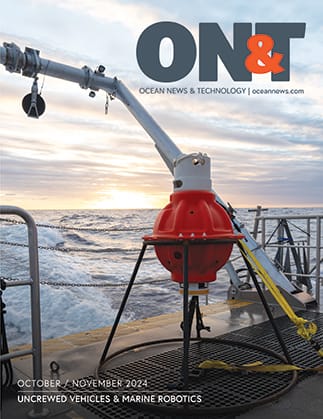 The mooring also contained an acoustic doppler current profiler (ADCP) as well as data loggers for chlorophyll, turbidity, temperature-salinity and dissolved oxygen. The mooring was deployed through a hole cut in the sea ice, with an open-water recovery planned for later this year.
The mooring also contained an acoustic doppler current profiler (ADCP) as well as data loggers for chlorophyll, turbidity, temperature-salinity and dissolved oxygen. The mooring was deployed through a hole cut in the sea ice, with an open-water recovery planned for later this year.
The deployment was part of a project run by the Nunatsiavut Government to collect information about the sea ice environment on the Labrador coast using a variety of data sources and multimedia communication tools. The project aims to map ice hazards and monitor climate-related patterns and changes in the sea ice environment to provide information to Labrador Inuit that can inform travel on the sea ice. Paul McCarney, Research Manager with the Nunatsiavut Government, coordinated the work, with additional expertise provided by Eric Oliver, an Assistant Professor of Physical Oceanography at Dalhousie University. This work is in collaboration with Adrienne Tivy at the Canadian Ice Service and Clark Richards at Bedford Institute of Oceanography. The work relied heavily on the local knowledge expertise and efforts of Joey Angnatok, Mentor-Harvester and Field Researcher with the Nunatsiavut Government, pictured below.
For additional information, click here.

